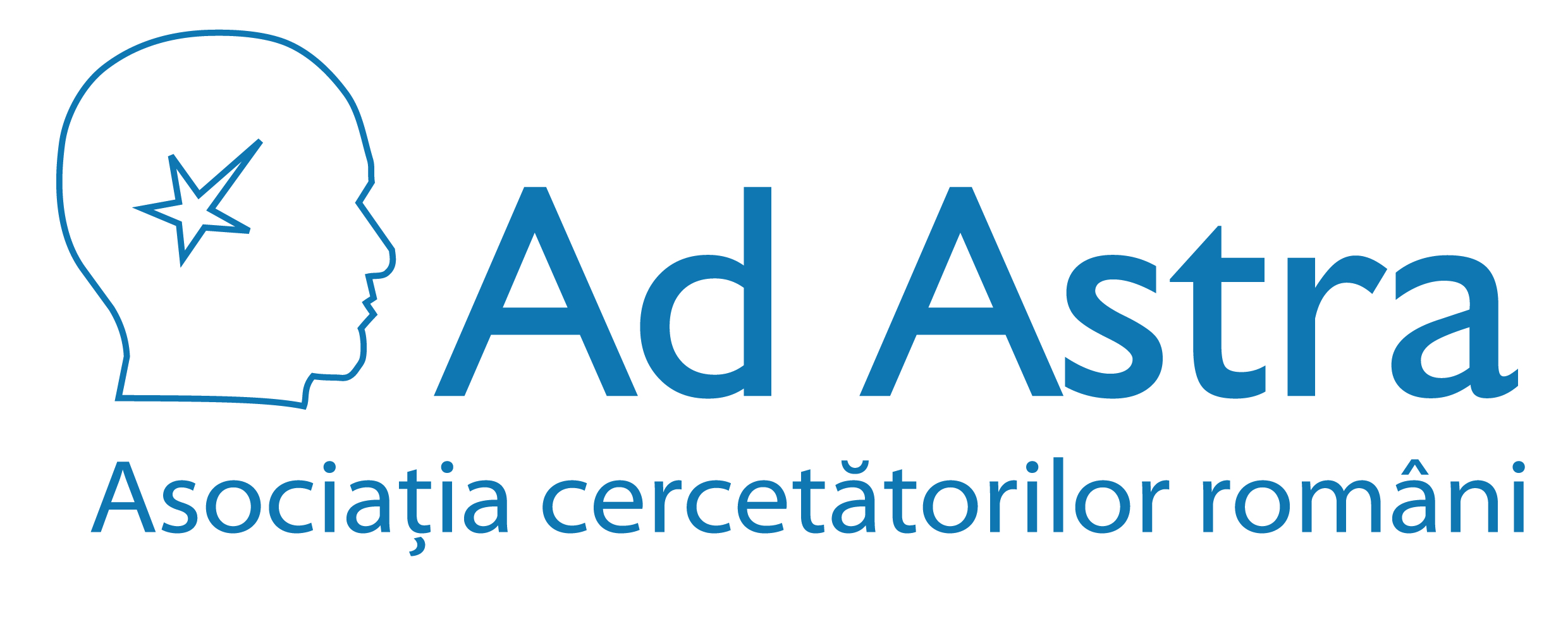A methacrylate polymer containing iodinated monomer usable as bone cement: radio-opacity, in vitro and in vivo biocompatibility
Poly(methyl methacrylate -pMMA) is used as dental or bone cement. A major drawback of the polymeric biomaterials is that they are radiolucent since they hardly absorb X-ray radiation due to the absence of heavy elements within their structure. The well-known solution is the incorporation of inorganic additives such as baryum sulphate or zirconium dioxide particles. It has been reported that these particles diminish the mechanical properties (especially
Read more